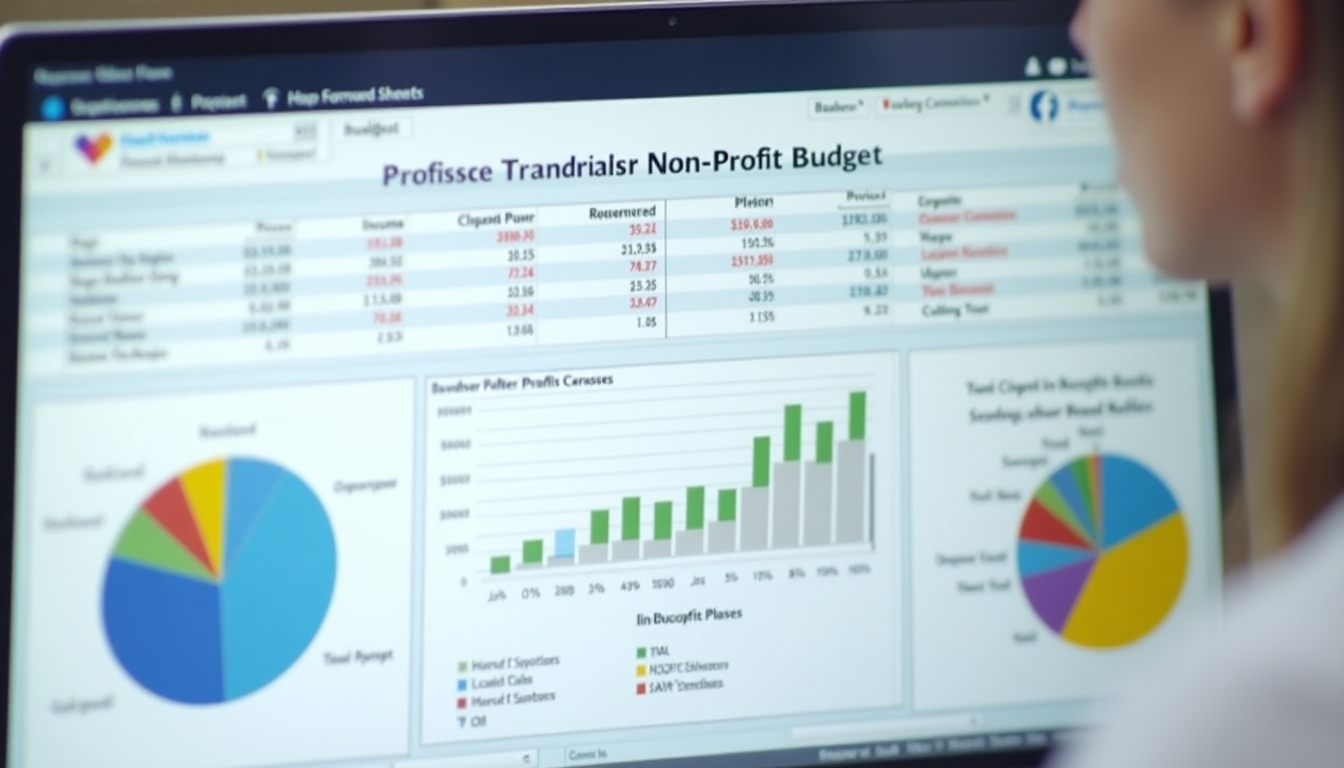Mastering Financial Management for Non-Profit Organizations: A Comprehensive Guide
By , March 3, 2025
Non-profit organizations are driven by a mission to make the world a better place, but keeping the lights on and programs running takes smart financial management. This guide dives into non-profit organization financial management, offering practical tips to balance budgets, boost fundraising, and engage volunteers effectively—all in about 1500 words.
Why Financial Management Matters for Non-Profits
Running a nonprofit organization isn’t like managing a regular business. You’re not chasing profits; you’re chasing impact. But without solid financial management, even the noblest mission can stumble. Non-profits depend on donations, grants, and often the hard work of volunteers. Every dollar counts, and every decision affects your ability to deliver on your promises.
Think about a small nonprofit I once worked with—a literacy program for kids. They had big dreams but shaky finances. One year, they overspent on books and nearly shut down. It taught me that good intentions need a good plan. This article will show you how to make that plan.

Crafting a Budget That Works
A budget is your nonprofit’s roadmap. It tells you where your money’s coming from and where it’s going. Start by listing your goals—say, hosting ten community events. Then, figure out what you’ll need: supplies, staff, space. Don’t forget everyday costs like rent or internet.
Be honest about your income. I’ve seen nonprofits bank on huge donations that never come. Instead, estimate low and diversify—mix donations, grants, and event proceeds. Check your budget monthly. If you’re off track, tweak it. A real example? That literacy nonprofit learned to budget for emergencies, saving their program.

Fundraising: Keep the Cash Flowing
Fundraising keeps nonprofits alive, but leaning on one source is a gamble. Spread it out—try small donor drives, big grants, and fun events like bake sales or 5K runs. Tailor it to your strengths. If your volunteers are chatty, a phone-a-thon might work. Got a great story? Share it online.
Talk to your donors, too. Send thank-you notes or quick updates on how their money helped. I once saw a nonprofit double donations just by showing a video of kids reading their first book. People give when they see results.
Managing Grants Without the Stress
Grants can be a goldmine, but they’re tricky. Each one has rules—spend it here, not there, report by this date. Mess up, and you’re in trouble. I knew a group that lost a grant because they spent it on unapproved stuff. Avoid that by reading the fine print.
Set up a system. Track every penny with a spreadsheet or software. Keep receipts and notes handy for reports. Make a calendar with deadlines so nothing slips. Done right, grants can fund big projects without the headache.

Financial Reports: Be Open and Clear
Donors and regulators want to know where the money’s going. That’s where financial reports come in. In the U.S., nonprofits file a Form 990 yearly with the IRS. It’s public, so make it count. Beyond that, share updates with your supporters—say, a simple quarterly email.
Keep it easy to read. Use a table like this:
| Category | Amount Spent | Impact |
|---|---|---|
| Programs | $10,000 | 500 kids served |
| Rent | $2,000 | Stable office space |
| Supplies | $1,500 | Books for classes |
Charts work, too. Transparency builds trust.
Volunteers: Your Financial Secret Weapon
Volunteers do more than stuff envelopes—they can help with money stuff, too. They might track expenses, run fundraisers, or even balance the books if they’re skilled. I once trained a retiree volunteer to manage our event budget, and she saved us thousands with her eagle eye.
Give them tools and guidance. A quick how-to session can turn a willing helper into a pro. And say thanks—maybe a shoutout at your next meeting. Volunteers stretch your budget further when you use them smartly.

Staying Legal and Safe
Nonprofits face rules—tax laws, labor laws, you name it. Break them, and you risk fines or worse. Know your basics: file taxes, keep records, don’t meddle in politics if you’re tax-exempt. I’ve seen groups scramble because they missed a deadline. Don’t be them.
Protect yourself, too. Split up financial tasks so no one person controls everything. Do spot-checks or audits. It’s not about distrust—it’s about keeping your nonprofit organization safe and focused on what matters.
Tools to Make It Easier
You don’t need fancy software, but it helps. Try these:
- QuickBooks Nonprofit: Tracks income and expenses.
- Google Sheets: Free for budgets and grant tracking.
- Donorbox: Simple donation platform.
Pick what fits your size and wallet. A small nonprofit I advised switched to QuickBooks and cut their bookkeeping time in half. Efficiency saves money and sanity.

Wrapping Up: Set Your Nonprofit Up to Win
Great financial management lets your nonprofit organization shine. Budget wisely, fundraise creatively, handle grants with care, and lean on volunteers. It’s not a one-time fix—it’s a habit. Keep learning, stay flexible, and ask for help if you’re stuck. Your mission deserves it.
With these steps, you’ll not only survive but thrive, making a bigger difference every day.